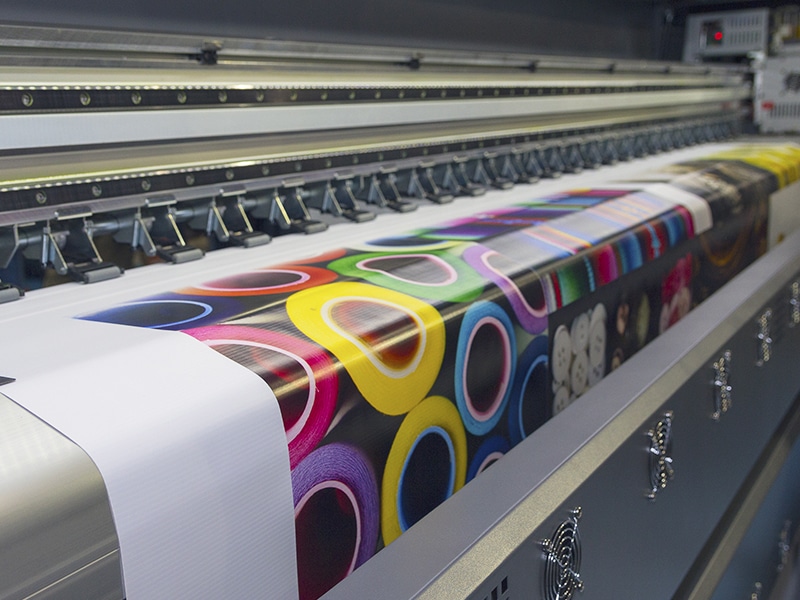In the world of printing, offset printing stands as a time-tested method known for its quality and efficiency. However, numerous myths surround this printing technique, leading to misunderstandings and sometimes misguided decisions among business professionals. This article aims to debunk these myths and shed light on the realities of offset printing, providing clarity for those considering this method for their printing needs.

The Origin and Evolution of Offset Printing
Before diving into the myths, it is crucial to understand what offset printing truly entails. Developed over a century ago, this technique involves transferring an inked image from a plate to a rubber blanket and then onto the printing surface. This method has evolved significantly, incorporating advanced technologies to enhance its quality, speed, and efficiency.
Myth 1: Offset Printing is Obsolete
One of the most common myths is that offset printing is outdated and has been replaced by digital printing. While digital printing is indeed popular, offset remains a dominant force in the industry, especially for large-scale productions where consistency and cost-effectiveness are paramount.
Myth 2: It’s Too Expensive
Another prevalent myth is the belief that offset printing is too costly for small businesses. In reality, the cost benefits of offset printing become apparent with higher volume jobs. The initial setup may be more expensive, but the per-unit cost decreases significantly with increased quantity. For a detailed cost analysis, visit Offset Printing Costs.
Myth 3: Limited to Large Runs
Many believe that offset printing is suitable only for large print runs. However, advancements have made it viable for smaller projects. Businesses are now able to access offset printing for customized and short-run projects, making it a versatile option. For more on this, see Small Business Printing.
Myth 4: Lack of Color Accuracy
There’s a misconception that offset printing lacks color accuracy. Contrary to this belief, offset printing is renowned for its precise color reproduction, thanks to the use of Pantone colors and high-quality inks.
Advantages of Offset Printing
Understanding the benefits of offset printing can help debunk many myths. Key advantages include:
- High image quality and consistency
- Cost-effectiveness for large volumes
- Wide range of paper types and finishes
Advanced Technologies in Offset Printing
Modern offset printing has embraced technology, integrating AI and IoT to improve efficiency and output. For insights into how technology is enhancing offset printing, check out AI in Printing.
Environmental Considerations
Another myth suggests that offset printing is environmentally harmful. In truth, many offset printing processes have become eco-friendly, utilizing soy-based inks and recycled papers.
Myth 5: Slower Than Digital Printing
While digital printing is often faster for short runs, offset printing excels in speed when it comes to large volumes, making it ideal for businesses with high demand.
Choosing the Right Printing Method
Ultimately, the choice between offset and digital printing depends on the specific needs of a project. Businesses should consider factors such as volume, budget, and desired quality.
Integration with Modern Business Practices
Today’s businesses integrate offset printing with digital platforms for a comprehensive approach to marketing and branding. Discover more about this integration by visiting Magazine Printing.
Conclusion
In conclusion, offset printing remains a vital part of the printing industry. By debunking these myths, businesses can make informed decisions and leverage the strengths of offset printing to meet their needs. For further reading on offset printing, visit Ordant’s Guide to Offset Printing.

FAQs
What is offset printing best for?
Offset printing is ideal for high-volume and high-quality print jobs, such as magazines, brochures, and books.
Is offset printing environmentally friendly?
Yes, many offset printing processes now use eco-friendly materials, improving their environmental impact.
How does offset printing compare to digital printing?
While digital printing is suitable for short runs, offset printing offers superior quality and cost-effectiveness for large volumes.
This article contains affiliate links. We may earn a commission at no extra cost to you.







